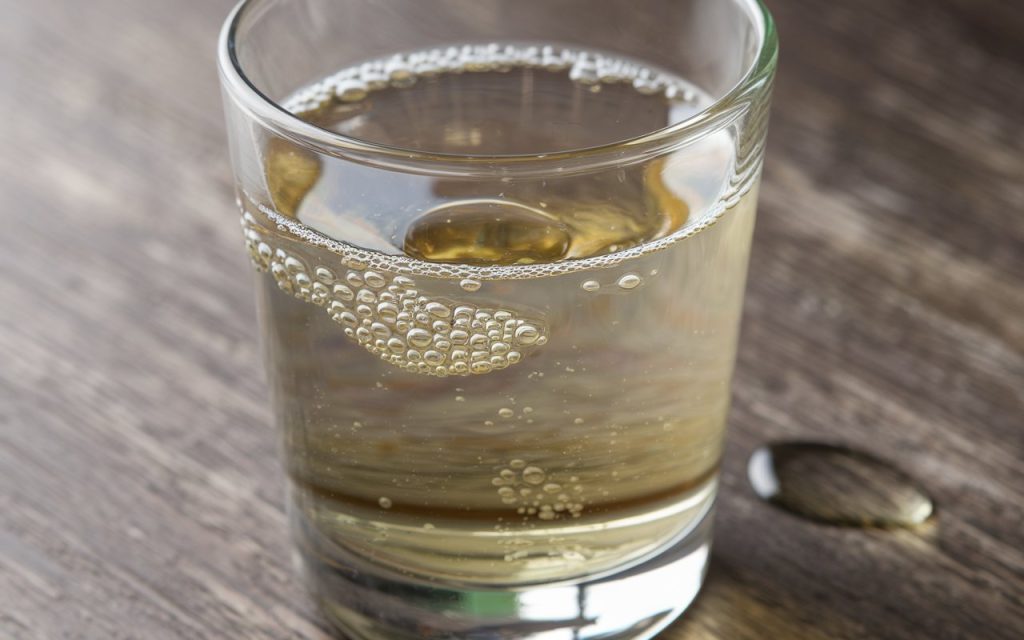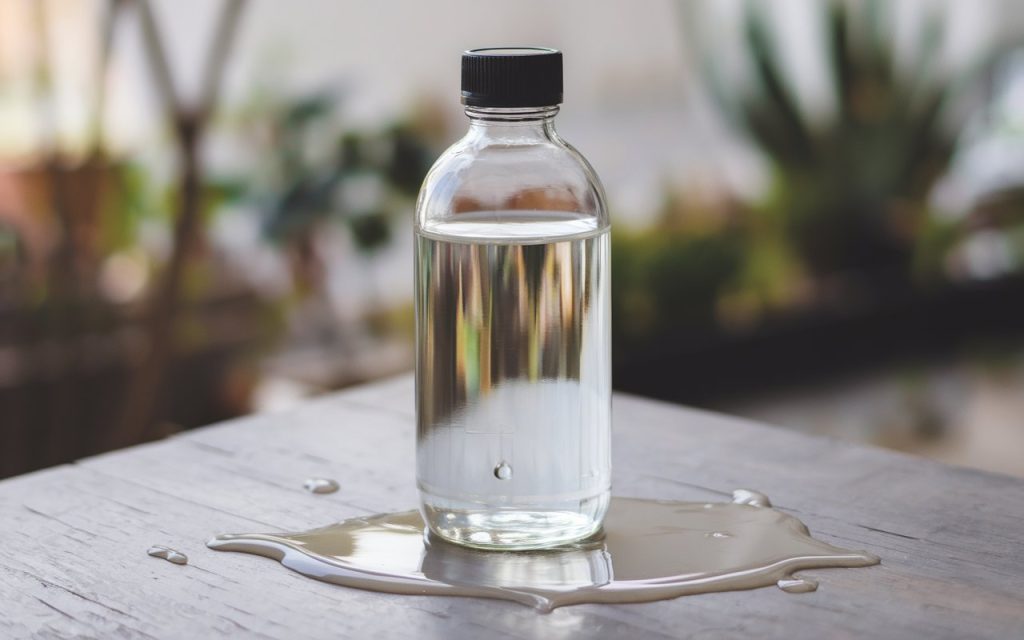Table of Contents
Mixing household chemicals can sometimes lead to impressive cleaning results, but knowing which combinations are safe is essential. One common question is, Can you mix vinegar and hydrogen peroxide? In this article, we’ll explore whether these two cleaning agents can be combined, what happens when they are mixed, and whether it’s a good idea.
What Are Vinegar and Hydrogen Peroxide?

Vinegar and hydrogen peroxide are the most popular natural home cleaning solutions.
Vinegar: A Natural Acid
Vinegar, made from fermented ethanol, is a mild acid commonly used in cooking and a powerful cleaner. It’s great for removing grease, soap scum, and even some stains. Many people love using it because it’s safe, natural, and cheap.
Hydrogen Peroxide: A Disinfecting Powerhouse
One common use for hydrogen peroxide is as a bleaching and disinfectant. It can kill bacteria, viruses, and fungi, making it perfect for cleaning surfaces. You might have used it to clean cuts, but it’s also fantastic at whitening and disinfecting.
Can You Mix Vinegar and Hydrogen Peroxide?
Many people ask, Can you mix vinegar and hydrogen peroxide?
The Science Behind Mixing
When vinegar (acidic) is mixed with hydrogen peroxide (oxidizing agent), it creates a compound called peracetic acid. Peracetic acid is a strong disinfectant but can also be harmful in high concentrations. It can cause skin irritation, respiratory issues, and surface damage if not used properly.
Is It Safe to Mix Them?
Though you may read tips online suggesting both for cleaning, it’s best not to mix vinegar and hydrogen peroxide in the same container. The resulting peracetic acid can be harmful, and its effects are unpredictable when used casually. Instead, you can use them one after the other.
How to Safely Use Vinegar and Hydrogen Peroxide Together
While mixing the two in a container isn’t safe, using them one after the other can yield fantastic cleaning results.
Step 1: Apply Vinegar First
Start by applying vinegar to the surface you want to clean. Vinegar is a great first step to cut through grease and grime, whether a countertop or bathroom tile.
Step 2: Follow With Hydrogen Peroxide
After the vinegar has done its job, follow up with hydrogen peroxide. Spray it onto the same surface to kill any remaining germs and leave your surfaces shiny and disinfected.
Why This Works
Using vinegar and hydrogen peroxide in this order allows you to benefit from both without the risks of mixing them. Many studies show that this two-step process can kill nearly all germs and bacteria, making it a highly effective cleaning method.
Amazing Results From This Combination

Even though you shouldn’t mix vinegar and hydrogen peroxide in a container, using them one after the other provides powerful results.
Disinfecting Power
Hydrogen peroxide is a known disinfectant. When used after vinegar, it becomes even more effective because the surface is prepped and cleaned from debris, making it easier for hydrogen peroxide to work on germs and bacteria.
Effective Against Mold and Mildew
This combo is also highly effective against mold and mildew. Can you mix vinegar and hydrogen peroxide? Vinegar is great at loosening mold, while hydrogen peroxide kills it completely. Many homeowners use this two-step method to keep their bathrooms and kitchens mold-free.
Potential Risks of Mixing Vinegar and Hydrogen Peroxide
While you might be tempted to mix vinegar and hydrogen peroxide for stronger cleaning power, it’s important to know the risks.
Risk of Peracetic Acid Formation
As mentioned, when vinegar and hydrogen peroxide are combined in the same container, they create peracetic acid. This chemical can irritate your eyes, skin, and respiratory system, making it hazardous to your health.
Surface Damage
Mixing these two cleaners can also damage certain surfaces, especially porous ones like wood or stone. Peracetic acid is a strong chemical that may eat away at these surfaces, leading to discoloration or damage.
Environmental Considerations
Peracetic acid can also negatively affect the environment if disposed of improperly. Always handle such mixtures carefully to prevent harm to yourself and the ecosystem.
Safe Cleaning Alternatives
If you’re looking for a powerful yet safe cleaning solution, consider alternatives that don’t involve mixing potentially harmful chemicals.
Use Commercial Cleaners
Instead of mixing household chemicals, consider using commercial cleaners specifically designed for disinfecting. Many eco-friendly cleaners are available that are just as effective as homemade solutions.
Stick to Natural Cleaners Separately
Using natural cleaners like vinegar and hydrogen peroxide separately is a great way to clean without risks. Remember to use vinegar first and then follow up with hydrogen peroxide for the best results.
Frequently Asked Questions
- Can I mix vinegar and hydrogen peroxide in the same bottle?
No, mixing vinegar and hydrogen peroxide in the same bottle is unsafe. The mixture forms peracetic acid, which can be harmful.
- What happens if I accidentally mix vinegar and hydrogen peroxide?
If you accidentally mix them, ventilate the area and avoid breathing in the fumes. Dispose of the mixture properly, as peracetic acid can be dangerous.
- Is it okay to use vinegar and hydrogen peroxide to clean surfaces?
Yes, it’s safe to use them one after the other. Apply vinegar first, then use hydrogen peroxide for a powerful cleaning combination.
- Can I use vinegar and hydrogen peroxide together to kill mold?
Vinegar and hydrogen peroxide used in sequence can effectively kill mold and mildew.
- What should I do if I want a stronger cleaning solution?
Rather than mixing vinegar and hydrogen peroxide, use them separately or opt for a commercial cleaner designed for powerful disinfection.
Also read: How Old Can You Be to Get a Tattoo? Amazing Answer Inside!
So, can you mix vinegar and hydrogen peroxide? The answer is no if you plan to combine them in a container. However, you can safely use them one after the other for impressive cleaning results. By understanding the risks and benefits, you can effectively use these household staples without putting yourself or your home in danger. Keep your cleaning methods simple and safe, and you’ll enjoy sparkling results every time.




